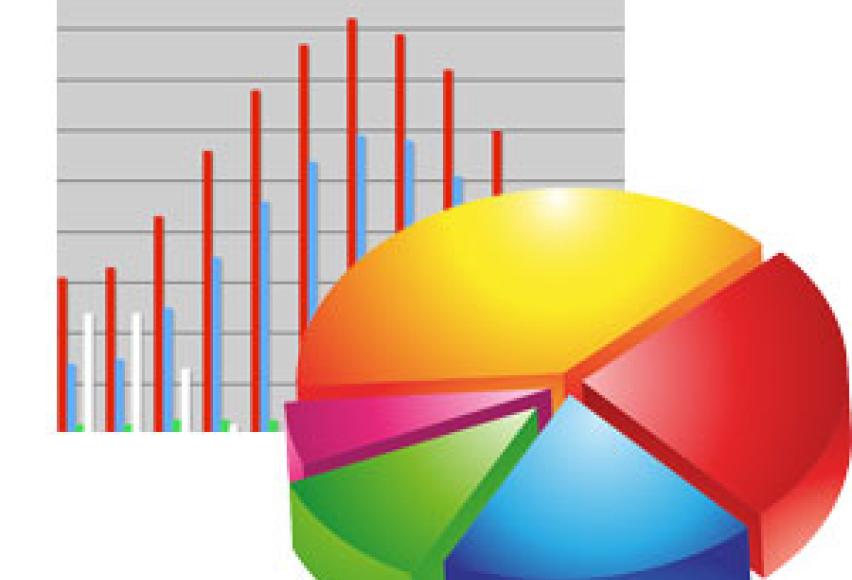Trichotillomania Statistics - The Numbers Behind Hair Pulling Disorder

Online test
Find out the severity of your symptoms with this free online test
Epidemiologic studies for trichotillomania have been sorely lacking in the field of scientific research, but there is a growing recognition of the need for prevalence studies to understand how often trichotillomania occurs in different groups of people and why. This information is vital in developing prevention strategies for those groups identified as being at-risk, and management of those already challenged by the condition.
How common is trichotillomania?
A 2013 study reports that it is estimated between 0.6% and 4.0% of the overall population, and 1% in the United States will have experienced trichotillomania in their lifetime. This means that approximately 2.5 million Americans may be affected by this condition at some point in their lives. The problem with gathering statistical data on the frequency of trichotillomania is that denial of the disorder is frequent, and many people who have the disorder do not seek professional help and are therefore not counted. There is also mounting evidence of heritability having an influence, with a 1994 study reporting that approximately 5% of first-degree relatives of the 22 study participants were reported to be hair pullers.
Age of onset, gender distribution and race
Studies show that the age of onset for trichotillomania is variable, with a mean age of onset between 9 and 13 years of age, and a peak prevalence at 12-13 years. Although trichotillomania seems to be more common in children than adults, severity of presentation appears to be higher in adolescence and prognosis becoming poorer as onset age approaches adulthood. This means that adolescent to young adult sufferers usually has a more long-lasting form of the disorder and do not respond as well to treatment.
Age of onset also appears to have a correlation to the prevalence of trichotillomania between the sexes. The literature purports that there is an equal distribution of trichotillomania incidence between the sexes among preschool-aged children, whereas a staggering 70-93% of preadolescents and young adults are female. A 2007 article in the American Journal of psychiatry reports that females tend to outnumber males by 3 to 1 among adults, with the Diagnostic and Statistical Manual (DSM-5) citing an overall female predominance of 10 to 1.
Currently there are no studies reporting differences in the prevalence of trichotillomania between different racial groups.
Types of pulling and co-morbidity
There are two types of pulling, namely ‘automatic’ and ‘focused’ pulling. Automatic pulling is when the person engages in the behaviour habitually and without premeditated intent, whereas focused pulling is when the individual makes a conscious decision to pull. According to a 2008 study, automatic pulling occurs in approximately three-quarters of adult patients with trichotillomania. The study also explored the symptomatic presentation of trichotillomania in correlation to the types of pulling individuals engage in. The results revealed that individuals with high levels of focussed pulling but low levels of automatic pulling were more likely to engage in additional repetitive behaviour, such as skin picking.
In 2012, at an American Association of Psychiatry (APA) meeting, a panel of experts presenting the recent advances in research reported that up to 60% of individuals with trichotillomania had another current psychiatric disorder. They further went on to list major depression, generalized anxiety disorder, social phobia, obsessive compulsive disorder, other impulse control disorders, and substance use disorder as the most commonly occurring conditions co-morbid with trichotillomania.
More research needed…
While the body of research for trichotillomania has been steadily growing, particularly over the past decade, it is clear that we are nowhere near having a holistic epidemiologic understanding of the condition. Research of this nature is fundamental to the successful development of effective prevention and management of the condition on a large scale, but that is still able to cater to the needs of specific individuals.
Online test
Find out the severity of your symptoms with this free online test
Start your journey with TrichStop
Take control of your life and find freedom from hair pulling through professional therapy and evidence-based behavioral techniques.
Start Now



